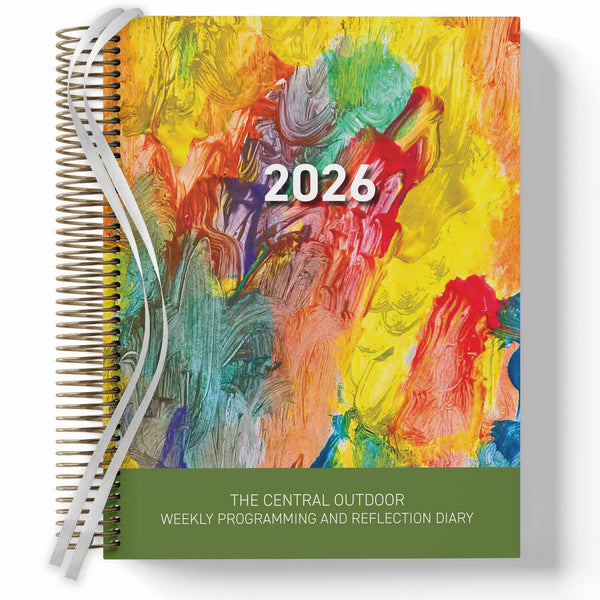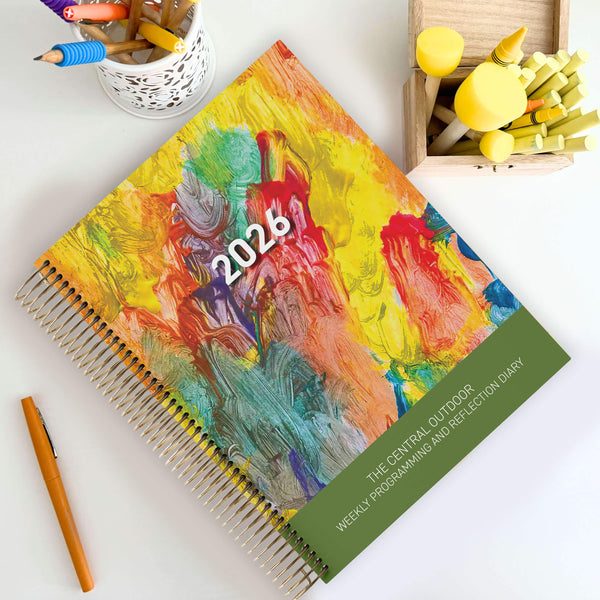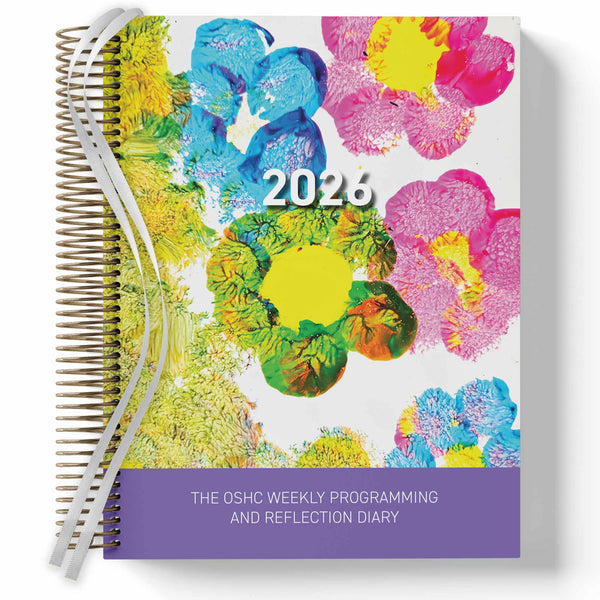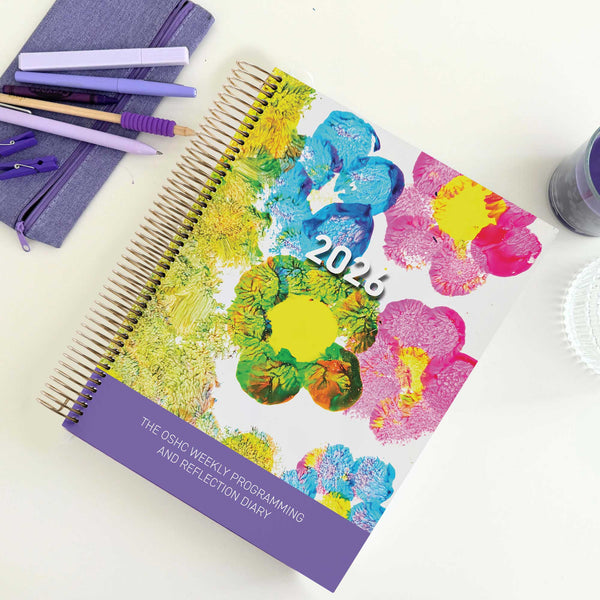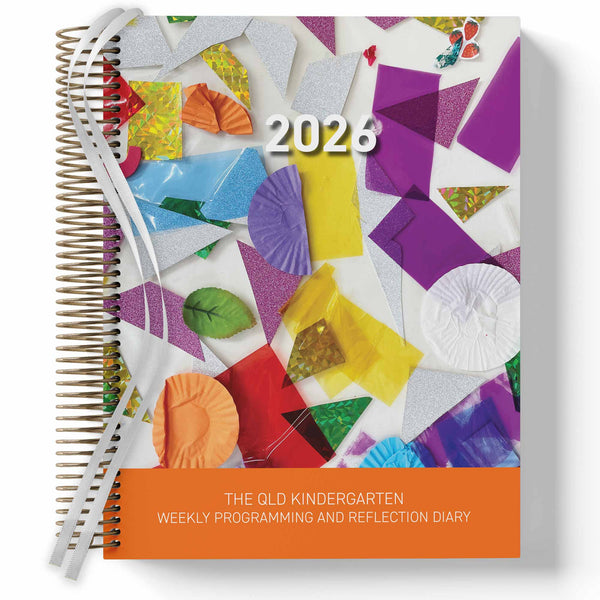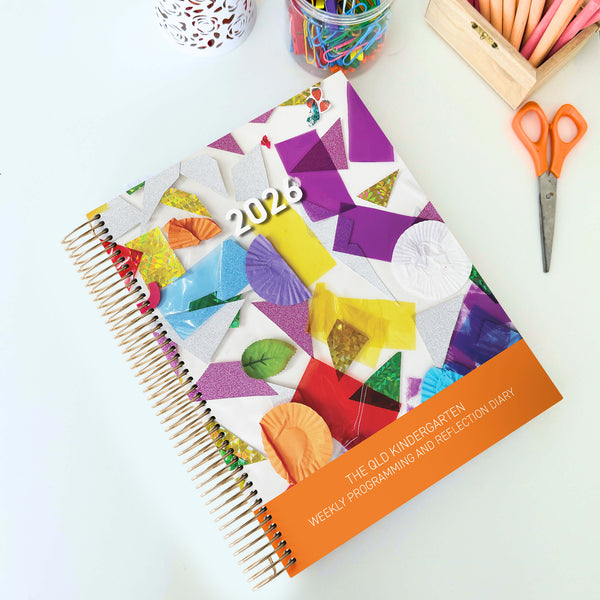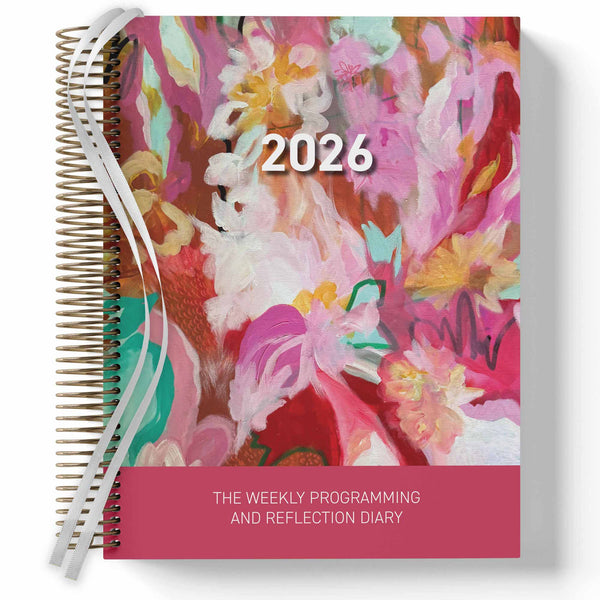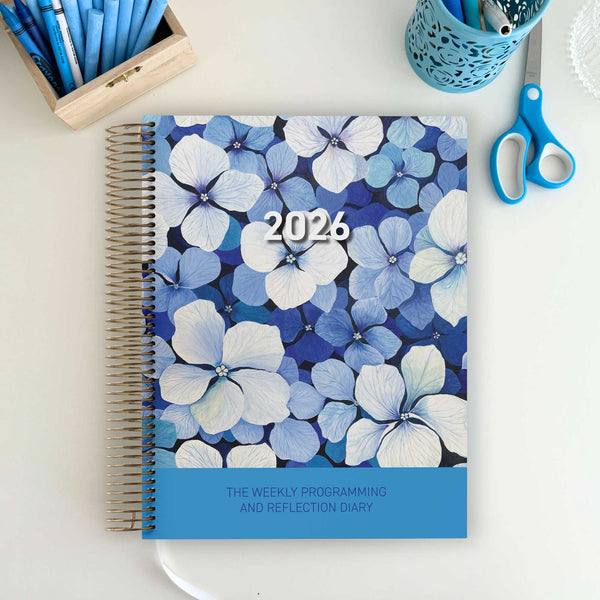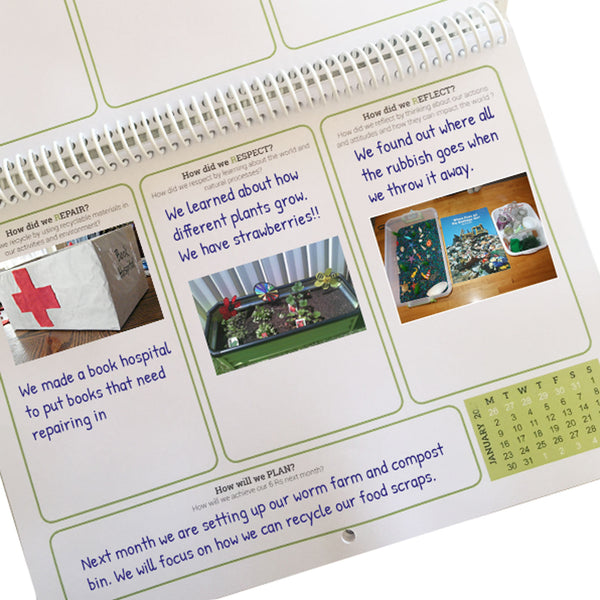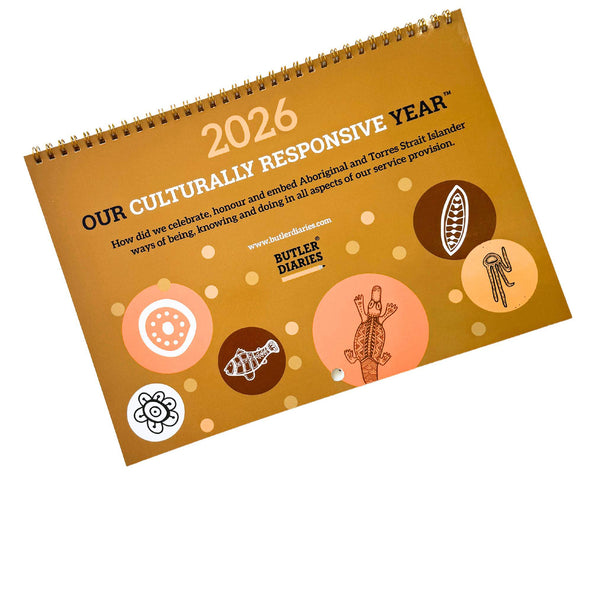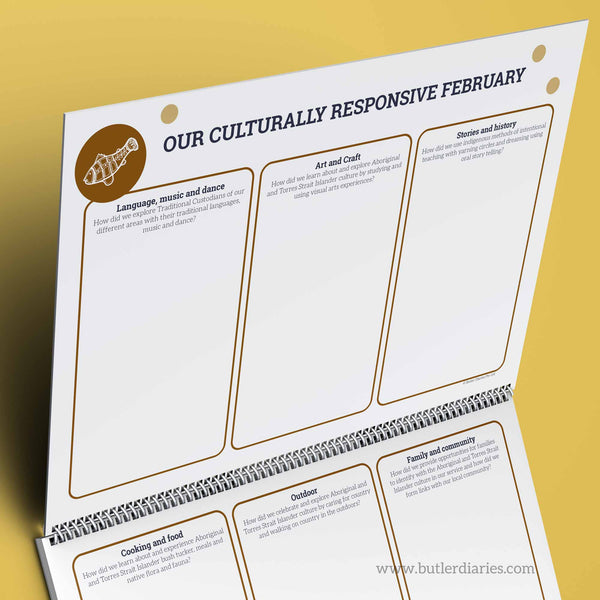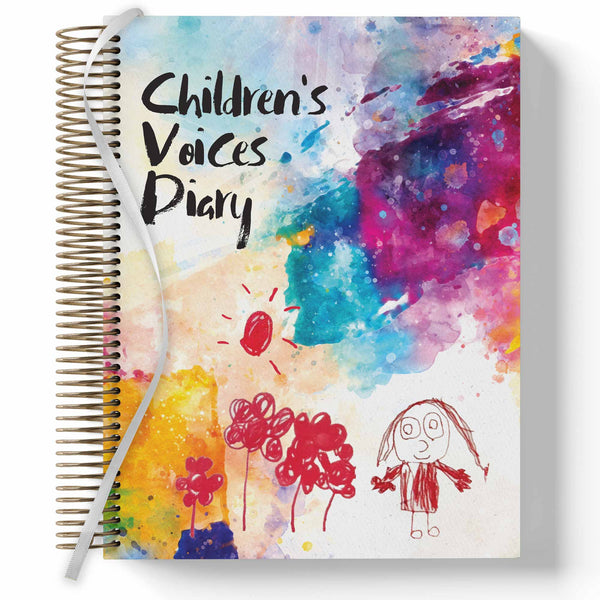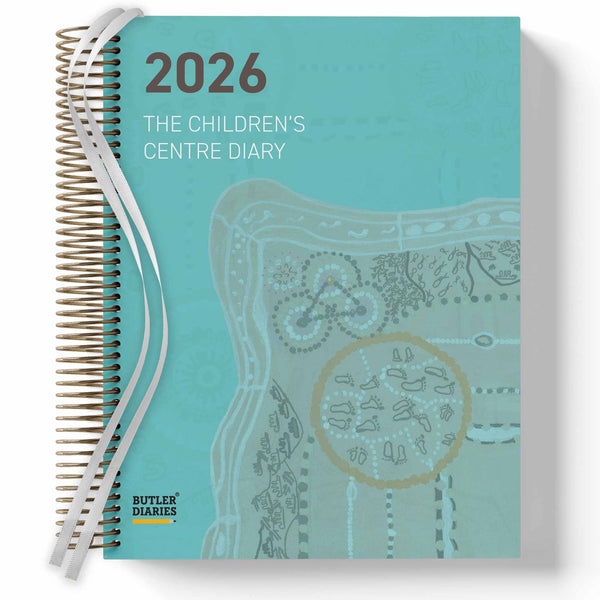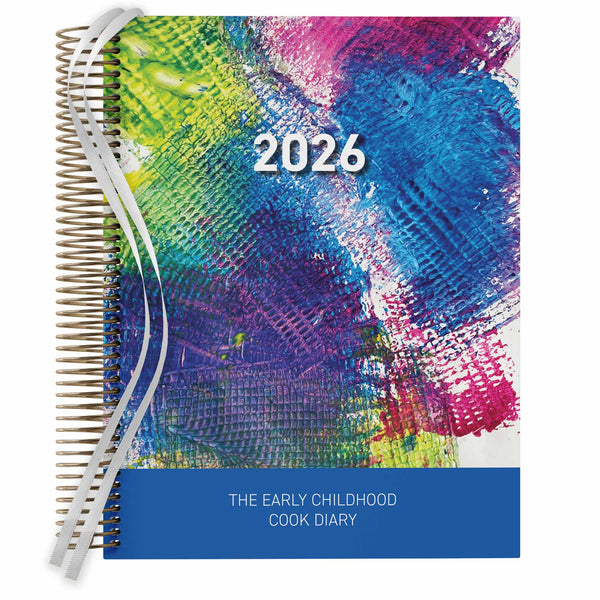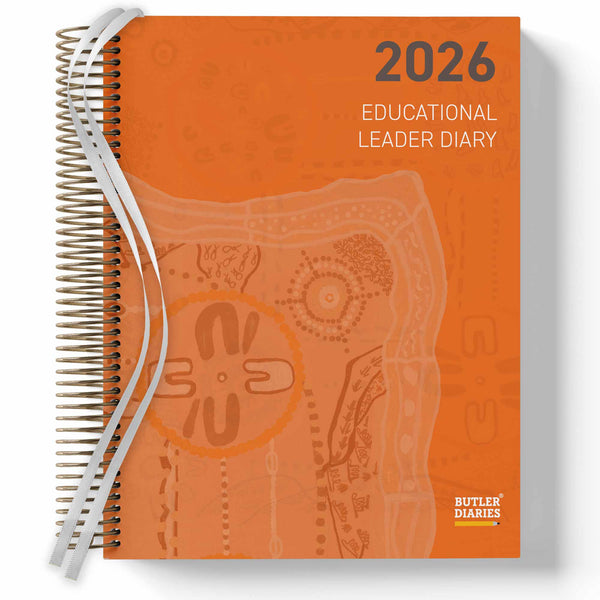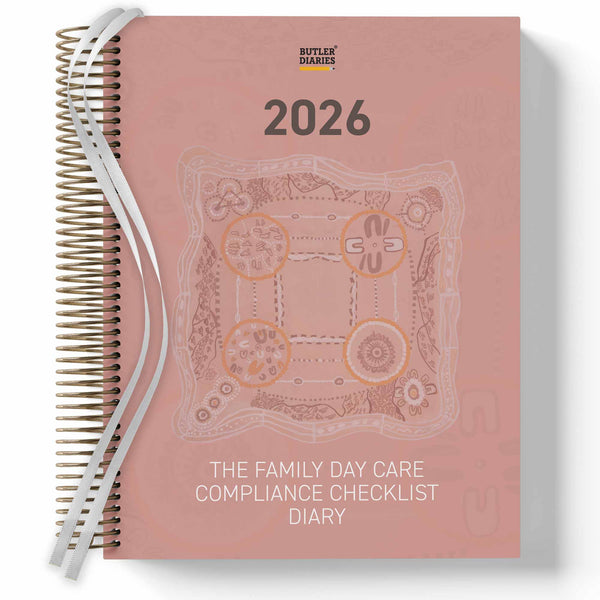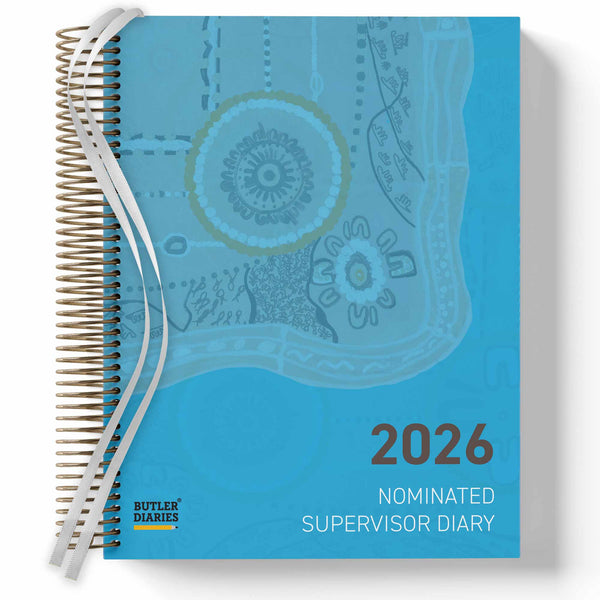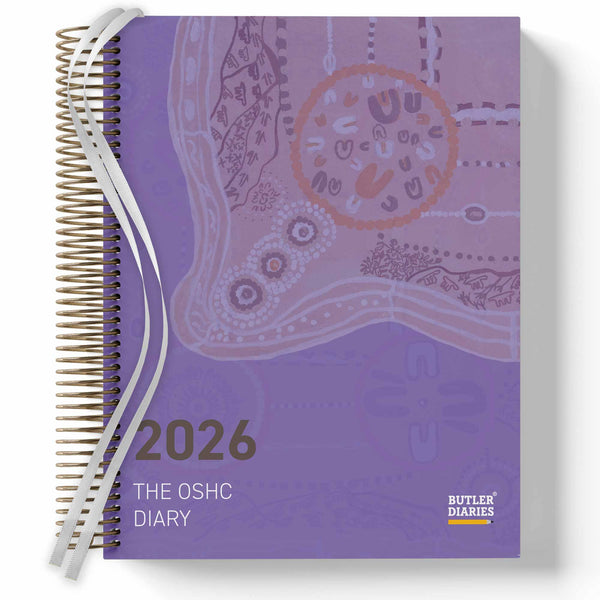This article provides tips relevant to the:
- Central Outdoor Weekly Programming and Reflection Diary designed to be used for Centre-based and Family Day Care purposes in conjunction with our Weekly Programming and Reflection books and respective diaries.
It will professionalise, yet simplify your workload and your ‘Creative Thinking Program’ can be displayed, each day, either as it unfolds or it can be used to pre-plan your week along with your daily visual displays for parents.
With your Weekly Programs and Reflections on open spreads, it enables you to open this book at any time and view each week at a glance and follow up future programs using your notes.
INTENTIONAL TEACHING AND THE EARLY YEARS LEARNING FRAMEWORK:
- The Central Outdoor Programming Diary ensures intentional teaching does not stop when going outdoors.
- It has been designed with consideration of theories in Early Childhood Education and the Early Years Learning Framework to capture fine motor/cognitive, gross motor/physical, risky play, messy/water play, nature play/exploration, structural games, and spontaneous/children's choice experiences.
- Adaptive daily program writing will help you cover a balance of experiences for each child every day.
- The design supports collaborative planning and purposeful outdoor programming that values each child through intentional and inclusive environments and experiences.
- Not all boxes need to be pre-planned each week and can be completed by any educator experiencing the learning moments of children outdoors. These moments are then recorded in the program so they can be extended on in the indoor or outdoor programs.
PROGRAMMING WITH THE CENTRAL OUTDOOR PROGRAMMING DIARY:
- The Central Outdoor Programming Diary is a collaborative planning tool, one diary is used per shared outdoor space.
- Collaborative programming in a central diary supports educators in charge of setting up outdoor spaces by providing a clear picture of what has been planned by each room.
- It eliminates the issue of staff rostering interfering with planning for children's learning.
- Connects indoor and outdoor programs to show the continuation of learning in all environments.
- Provides families with easily accessible information about the outdoor program and how their children's learning is being fostered during time spent outdoors.
- Ensures the presence of intentional teaching during outdoor play.
- Fosters children's autonomy, decision-making, and connection with Nature through purposeful boxes on Risky Play, Messy/Water Play, and Nature/Exploration.
- Builds collaborative partnerships as children's learning can be recorded by all staff in the outdoor environment.
- Children are also encouraged to collaborate with 'Spontaneous/Children's Choice' which enables children's autonomy as they craft their own learning through their interests.
EVALUATION, EXTENSION IDEAS AND REFLECTIONS:
The Evaluation & Extension Ideas reflection space allows all staff to capture children's learning and reflect on the success and challenges of the program.
Evaluations can be further captured in the form of pictures or written notes in the Reflections and Photos Page after the Risk Assessment and is also designed for all staff to collaborate.
OUTDOOR RISK ASSESSMENT:
A system of daily hazard identification and risk management ensures the identification, assessment, and management of the risk of harm before an incident occurs. The Central Outdoor Programming Diary includes a daily checklist that can be used as a starting
point. We have also included spaces to include assessments specific to the individual needs of your service.
Each day, it will be the responsibility of one or two educators to use the checklist to perform a risk assessment before setting up the outdoor environment for children's arrival. In the case that a hazard is identified, the action required is recorded under 'Action Required'. A risk that could be immediately removed and secured would be recorded under 'immediate.' If the hazard is more complex and requires further consideration such as repairing equipment, the actions you took to ensure a safe environment is recorded under 'immediate' and the additional actions needed are recorded under 'follow up.' The Outdoor Risk Assessment includes a signature of staff member responsible for the checks.
Existing customers can also find ongoing examples, help and support in our Facebook Community Group.








